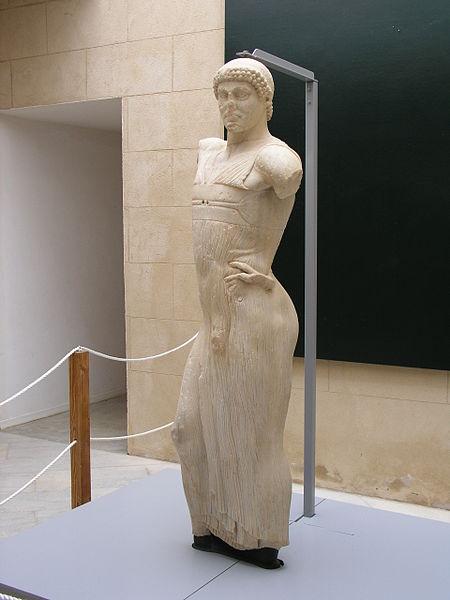After two years traveling around the world, the Mozia Charioteer statue has returned home to the tiny island of Mozia in Sicily, between Trapani and Marsala.
Widely considered the finest surviving example of early Greek sculpture in the world, the Mozia Charioteer (also known as Giovinetto di Mozia in Italian) was carved 2,500 years ago and demonstrates the virtuosity and creativity attained in the arts of Sicily during the 5th century B.C.
Expertly modeled, the subtle details, such as his pose, his direct outward gaze, the twisting of his body as he places his hand on the hip, reveal he was probably a victorious charioteer; he is also wearing the garment traditionally worn by charioteers.
The statue was discovered in Mozia, once the site of a Carthaginian settlement off Sicily's western coast, in 1979. It was on view at the British Museum in London and at the Getty Museum in Los Angeles among others.
The Mozia Charioteer is on view at the Whitaker Museum on Mozia island.












